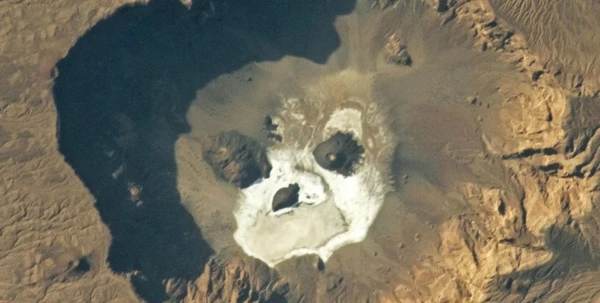
A photo taken by an astronaut in 2023 captured something curious in a giant volcanic crater in the Sahara. The image reveals a huge skull glaring upwards, writes Focus.
A photo taken by an astronaut in 2023 captured something curious in a giant volcanic crater in the Sahara. The image reveals a huge skull glaring upwards.
In the eerie photo taken by the astronaut, a ghostly structure resembling a skull is seen angrily staring into space from the bottom of the giant volcanic crater in the Sahara. This doppelgänger of the 'giant skull' is located at the bottom of Trou au Natron, also known as Dune Orey — a volcanic caldera, or crater, 1,000 meters wide in northern Chad, writes Live Science.
According to scientists, the volcanic pit was formed as a result of a powerful eruption hundreds of thousands of years ago and is located in the heart of the Tibesti massif – a mountain range stretching 480 kilometers through the center of the Sahara Desert across Chad and Libya.
According to NASA's Earth Observatory, from space, the bottom of the caldera unmistakably resembles a skull, but it is hardly recognizable from the ground. The white color of the mouth, nose, and cheeks of the skull is due to the presence of natron – a natural mixture of sodium carbonate decahydrate, sodium bicarbonate, sodium chloride, and sodium sulfate. This saline mixture is extremely layered and resembles cracked paint up close.
At the same time, the areas of the eyes and nostrils are actually scoria cones – steep conical hills built around volcanic vents, rising above the rest of the caldera floor. The darker area to the left of the face is a shadow cast by the high edge of the crater, giving the skull its distinctive shape.
It is noteworthy that today Trou au Natron is lifeless, but experts believe that this place once represented a thriving glacial lake. As early as the 1960s, scientists discovered fossils of marine snails and plankton beneath the salt-crusted bottom of the depression – their age was about 14,000 years. In 2015, a subsequent expedition found fossils of algae that are 120,000 years old.
The caldera is currently in a state of volcanic dormancy, having entered this stage shortly after its formation. However, the volcano is located near Tasso Tussid, a vast volcanic formation covered by a sea of solidified lava. Here, according to scientists, lies a stratovolcano that is still considered active, despite not having erupted for over 12,000 years.
Interestingly, Trou au Natron is not the only volcanic formation resembling a skull from space. On the Chiltepe Peninsula in Lake Managua, Nicaragua, there are two volcanic lakes, each located in its own caldera, which also gives it the appearance of a skull.


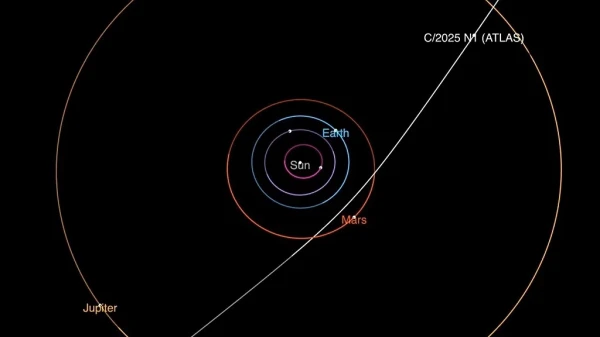


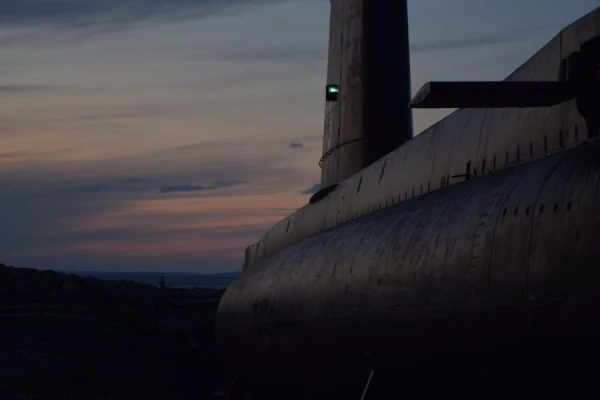
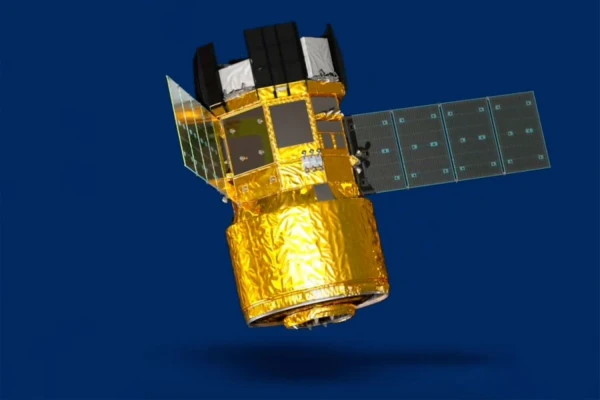


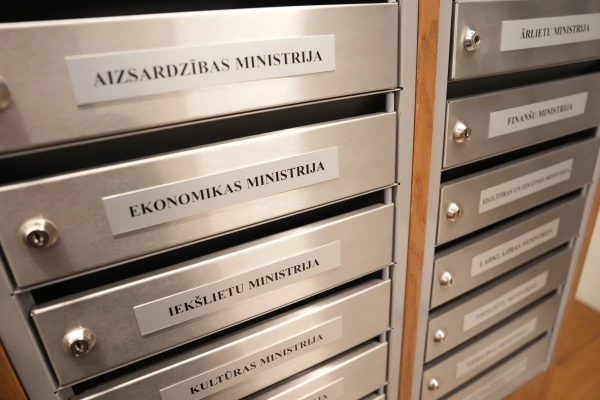


Leave a comment